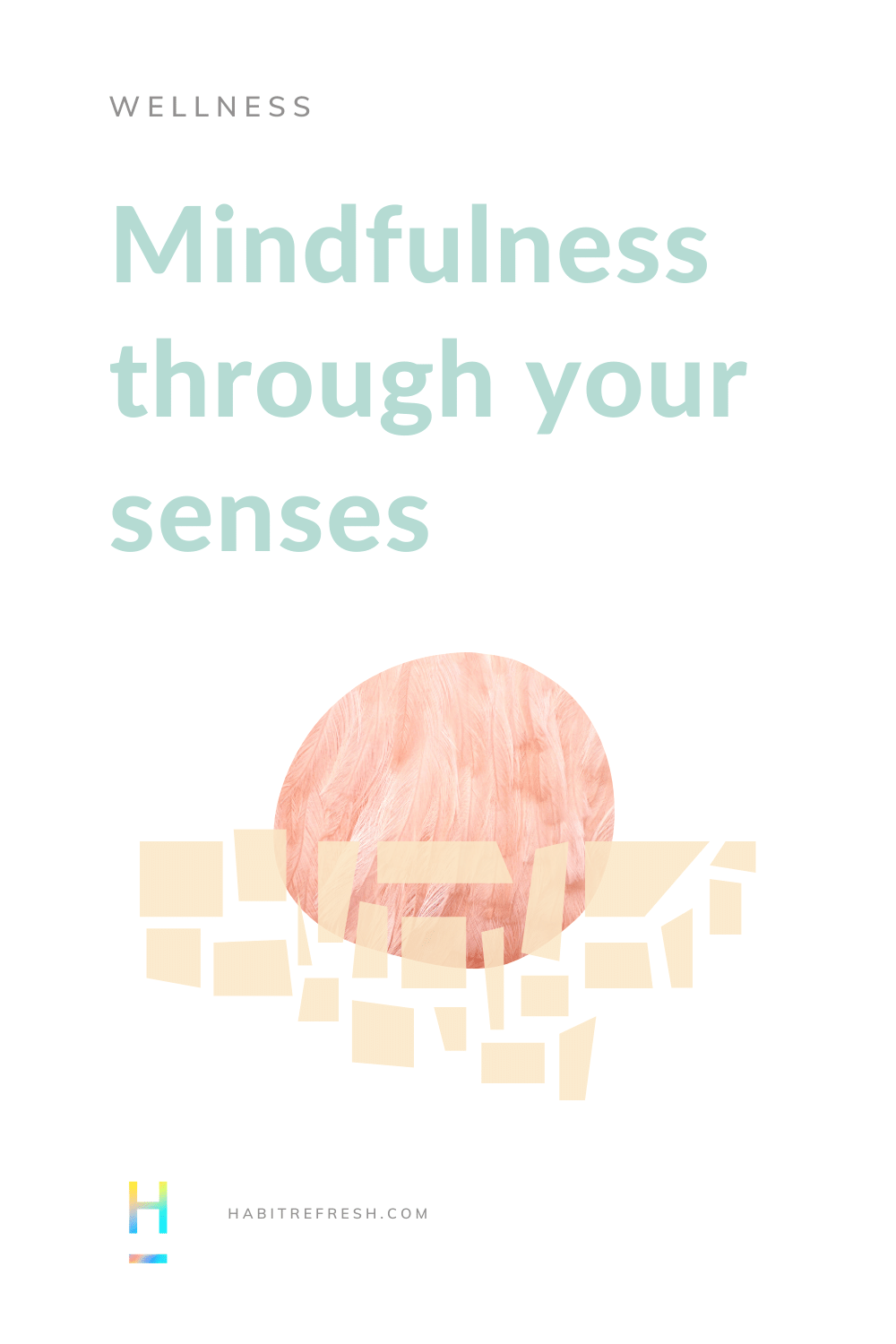The end of Daylight Saving Time: How to take care of yourself when the patriarchy messes with your collective perception of time
Light has almost invisible effects on your life. While you’ve likely grown up under the glow of artificial light, it hasn’t even been common in households for an entire century. Having light so cheaply available to us after dark is a newer phenomenon in human history.
Our anciently-developed bodies have not yet evolved to adapt to the circadian rhythm disruption brought on through electric lighting (documented through the dramatic adverse health effects of shift work).
This has certainly been true for me. I’ve gone through periods where I’m susceptible to light sensitivity (mostly artificial light, which I have slowly readapted over the years but sometimes am rudely reminded).
In the past, I needed to live in an intentionally dark world (as much as I could) due to chronic health issues, and it was one of the hardest things I’ve ever done. It had profound effects. I lost friends over it (living without light is truly a radical choice that makes you less available) and adjusted my career path. I’ve experienced what a considerable disadvantage it is to live in a world built on artificial light when you can’t use it.
Nevertheless, as much as I’ve suffered ill effects of this artificial light dependency, I love technology and the other freedoms brought by it. In fact, I enjoy it so much that I find it almost impossible now to cut it out for an entire hour each day.
It feels unmanageable to live without artificial light and screens. Anyone who has experienced a prolonged blackout knows, it can feel like your entire life (and sanity) is dependent on it.
It feeds into the modern illusion that humans are made to live an electronically powered day. The luxury of cheap electric light is so easy to take for granted. You work in front of an artificially lit screen all day and watch a different flashing screen throughout the evening without even thinking about it as a choice. The modern technology age and entire economies are built on electric light.
I have since learned that many of my peers experience symptoms from artificial light dependency. Vertigo, migraine, light-sensitivity, headaches, eye-fatigue, nausea, and sleep disorders are very common side-effects from spending over three hours locked to a screen. And to top it off, our screen use has only become more addictive over time, dramatically shifting our social and political structure.
Access to light can be used as a way to control the hours in your day. Daylight saving time was invented as a policy to control consumer use of readily available artificial light and reduce energy consumption. The (patriarchal) thinking was, people would use the extra hours of sunlight in the evening spring through summer for activities and spending.
This bright idea has been dimmed through scientific research showing its negative effects on the human body. Stop playing games with our circadian rhythms!
The hypothesis that there would be hours in each day where artificial light use would be reduced has not proven to be true in the case of modern energy. Instead any energy savings tend to come from decreased appliance, heating or A/C use.
What you can do this daylight saving time
I used to look forward to having an extra hour of sleep each autumn, but last year I still felt groggy well into November and heard from some friends who were having trouble adjusting too. It turns out there are health implications for messing around with your circadian rhythms even when it seems to be in your favor.
So this year, I’m trying something new. I’ve made a daylight-saving self-care calendar to assist with a gentle transition out of daylight-saving time (that really just shouldn’t exist).
I’d love for the circadian rhythm disruption of switching times to end forever, but in the meantime, this is the next best solution. Calendars can help you infiltrate your own screen time and get you into a healthier routine. Let’s use them to adapt to incremental changes.
Here’s how this calendar can help you:
Light therapy. Use your body’s natural sensitivity to the light to help you make time for more natural light and begin taking intentional breaks from artificial light.
Baby steps. Using small increments, you can adjust your sleep schedule to prevent that jet-lag feeling.
Establish a routine. Establish cues using self-care so your body can more easily understand transitions from rest to waking. Building your healthy routine involves: cleaning up your existing sleep hygiene, setting up a nighttime routine, and turning off screens 1 hour before bed.
Awareness. This time of change can bring underlying health issues to light. I’ve added a day to reflect on how your body feels throughout this time change.
(Share this post with a friend who could use some extra self-care but is too busy to take the time to make a calendar.)
While artificial light itself can cause circadian imbalance, daylight saving time has not decreased this effect -- instead, it has added to it. It’s a flawed patriarchal concept that treats our bodies as machines that can be calibrated to the desires of the dollar (historically retailers fought to keep it going to increase evening sales).
Barring a complete daylight saving time revolution, the best self-care we can do until it is overthrown is to use this time as a reminder that our bodies need natural light. Stay aware of its potential effects on our moods, bodies, and minds and help others adjust with you.







